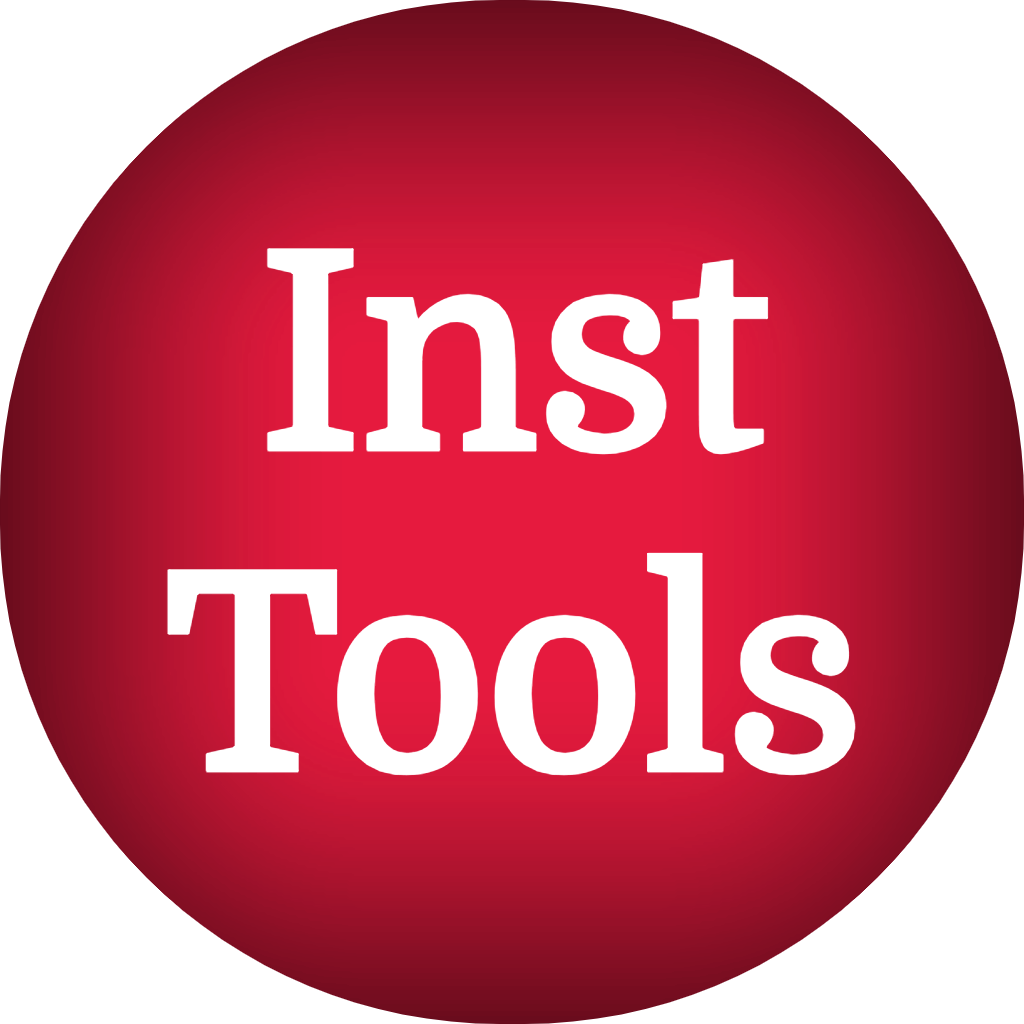0:10
badas in the previous video we discussed
0:19
instruments in this video I will show
0:25
operator in a control room can view
0:35
see these Graphics this is related to
0:42
plan now observe how the instruments
0:49
displayed if you see these two these are
0:55
signals okay pressure transmitter one
0:58
pressure transmitter 2 the values are
1:00
displayed in a bar form or a scale
1:07
see these are the pumps the pumps
1:10
running state is displayed and the pumps
1:16
data like the speed of the pump or power
1:21
consumption of the pump are displayed at
1:25
bottom and if you see these pressure
1:31
data also displayed in the numerical
1:40
side some values are also available like
1:44
the frequency the flow meter value the
1:51
Etc so this is the latest Graphics
1:57
plant PLC will receive the field
2:03
information using 4 to 20 mm
2:07
signals and then it will process the
2:10
signals and finally it will display the
2:16
instruments information to the operator
2:24
Graphics I will show you one
2:27
example this is a St St tank installed
2:34
field now if you see carefully there are
2:38
some instruments some
2:40
transmitters installed on the tank for
2:44
the measurement purpose now we will see
2:48
the related Graphics of this
2:52
tank so this is the graphics related to
2:55
the storage tank and if you see this is
3:00
tank and the values shown here these are
3:05
related to the storage
3:09
tank the first one is temperature
3:12
transmitter it is displaying the
3:14
temperature inside the tank and these
3:18
are the level level transmitter related
3:22
data what is the present
3:25
level and if you see these three these
3:32
transmitters okay and the unit is
3:39
mm percentage or any related
3:44
value okay so this is some old Graphics
3:49
which I shown to you for your
3:52
purpose like that we have different
3:57
parameters and different in
4:00
instruments all these instruments are
4:04
finally displayed on a computer using
4:10
Graphics in this course we will mainly
4:13
focus on 4 to 20 milm signals and also
4:19
briefly discuss about how the
4:27
information for analog related
4:30
values the PLC uses 4 to 20 milliamp
4:35
signals either for input purpose or
4:39
output purpose the transmitters uses 4
4:43
to 20 millium signals for sending their
4:47
measurement values to the
4:50
PLC similarly the PLC uses 4 to 20
4:55
milliamp signals for controlling the
4:58
final control control elements like
5:02
BS variable frequency
5:05
drives motor operated Wes
5:12
matter it may be any type of instrument
5:19
analog the most popular method is 4 to
5:26
signals that is why you have to learn
5:30
about the 4 to 20 millium
5:34
signals if you understand the concept
5:38
foundations then it is easy for you to
5:43
troubleshoot when you are working on a 4
5:49
system is why you have to learn about
6:06
signals I will meet you in the next

